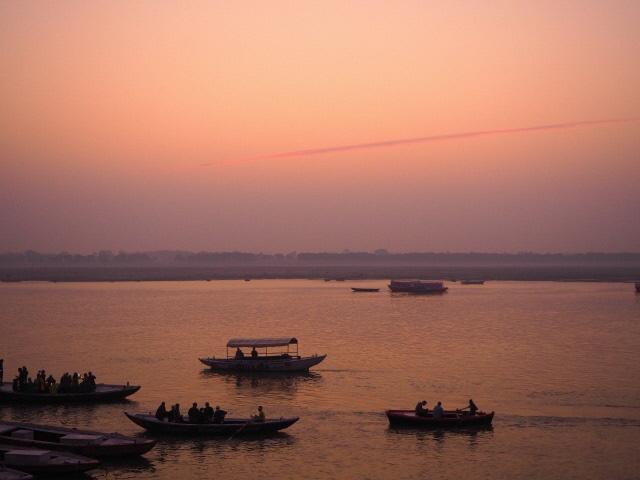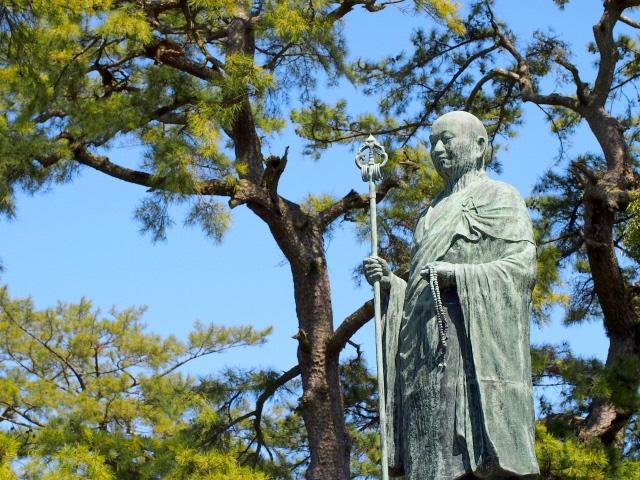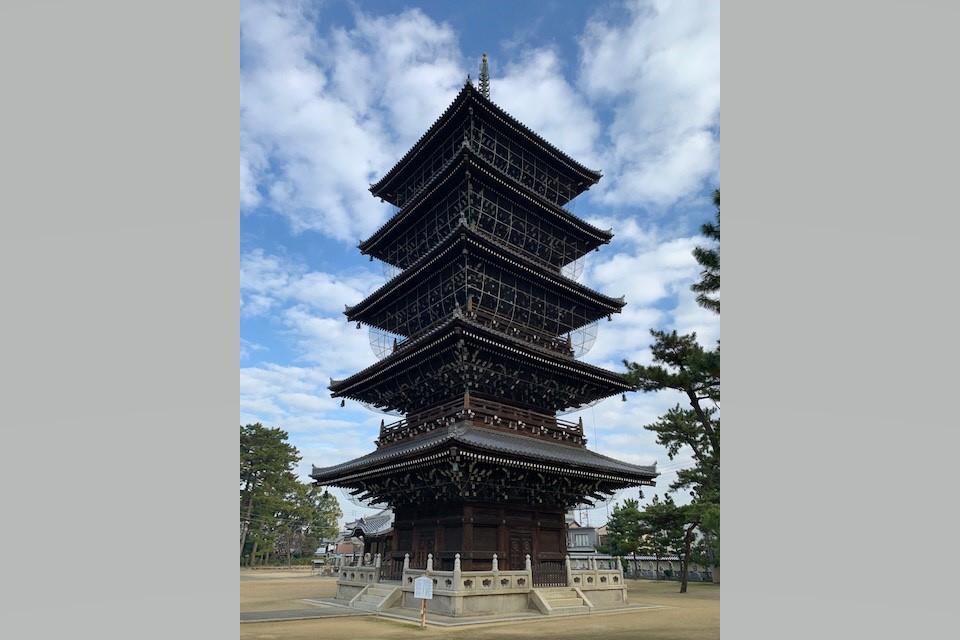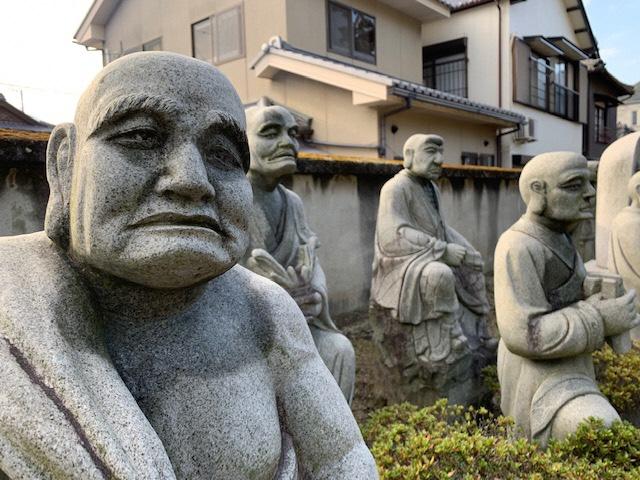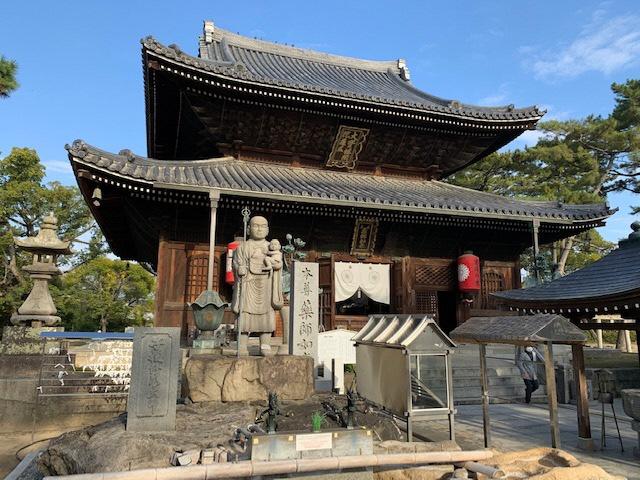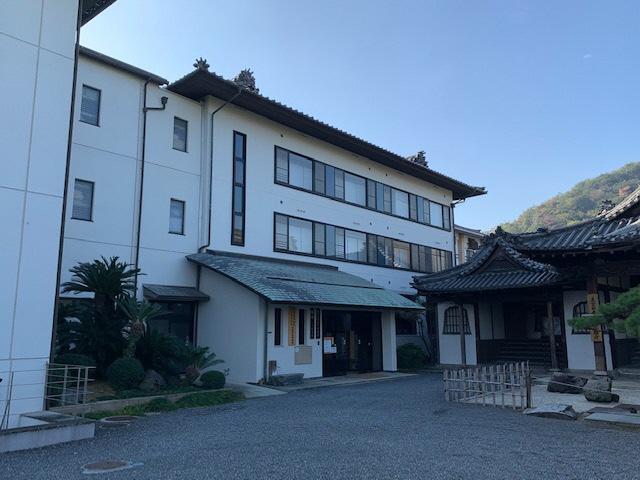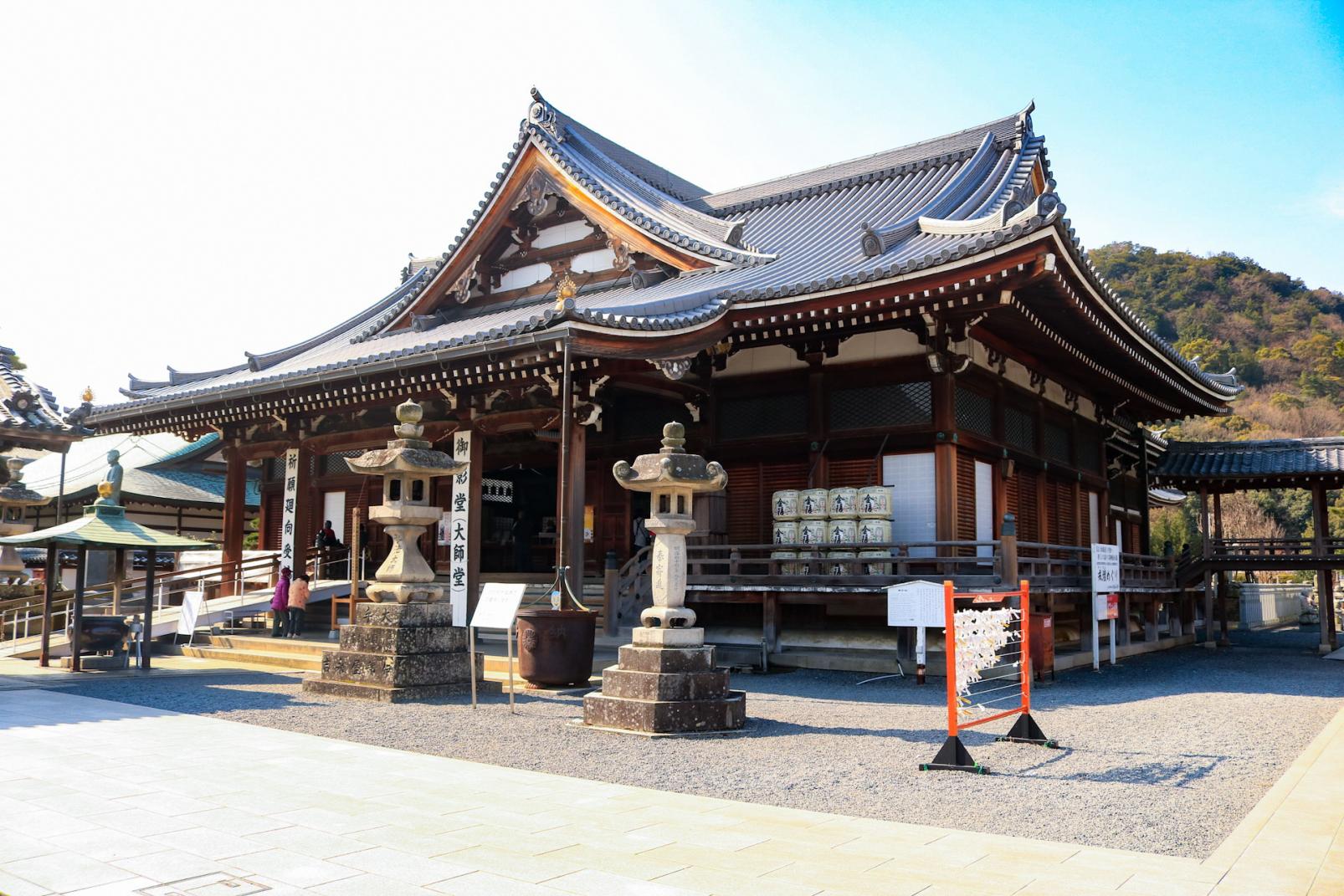
The Spiritual Birthplace of Shikoku: Zentsuji
2021.02.10
The Shikoku Henro is a pilgrimage route of 88 temples that was established and walked by the monk Kukai (Kobo Daishi) over 1,200 years ago. The pilgrimage is said help remove anxiety and allow one to find oneself..
Travelers around the world often search for the origins of stories and legends. Some birthplaces are connected to faith. Millions of people travel to Mecca, in Saudi Arabia to celebrate Muhammad. The Hindus travel to Uttarakhand, the sacred place of Vishnu. The Western Wall in Jerusalem is holy for Jewish people and the Golden Temple in Amritsar, India is special for Sikhs. Explorers from all corners of the world are fascinated by the legends, spiritual teachings, folklore, and oral histories that form culture. We are drawn towards them, intrigued, and willing to set off on our own journeys to learn and discover more. And more often than not, it is also the journey to our intended locations that teach us as much as the arrivals themselves. We are all on our own pilgrimages of self awareness and greater understanding.
The temples of Kobo Daishi’s pilgrimage run from numbers one to eighty-eight. It may seem strange that his own birthplace is temple 75, but when considering that the entire journey is a circle, it may not seem to matter as much as it should. But it is in truth, this point in Zentsuji where it may be good to begin our journey of understanding this pilgrimage as it rings through town, city, and farmland. Some temples dotting the hillsides and mountaintops, others by coastlines, rivers, and tucked away in bamboo forests.
The temple grounds are splendid and stretch out. Zentsuji temple is located near both a beautiful river and picturesque majestic mountains. Approaching from the main gate we find ourselves flanked by a five story pagoda, made of zelkova wood, to the right, and ancient trees to our left. Both resonating as intense power spots. The pagoda has been rebuilt several times through the ages, and yet its unique construction of suspended main pillars keeps it safe as it may bend and sway should earthquake strike. Within the pagoda are unique carved artifacts of mythical creatures, each of the four facing their respective directions within.
And then you find the main temple ahead. Take a moment to wash your hands and mouth, and walk through the wafts of incense as you approach the wooden steps to find within a darkened gold Buddha that reaches up to the ceiling within. Drop a coin in the wooden box, bow your head and put your hands together. Pray for someone or something, remember someone you care for, make a promise to yourself, and you are free to go. Coming back through the door you may find the grounds growing with “Ohenro” pilgrims, wearing white clothing and straw hats, holding staffs and beads, making their own personal approaches to the spaces within the temple.
If you stay overnight on the temple grounds, which you can do and is a marvelous opportunity to sleep in the monks quarters in futon bedding on tatami mats, you are welcome to sit in the early morning with the priests as they chant their prayers. Make sure to wake up early enough to enjoy the unique vegan breakfast that the monks have themselves, and sit silently while the priests enter the holy temple, beads held in hands, sutras in the folds of their robes. And when they chant, and the incense flows from the dais down to where supplicants may gather, you are truly transported to another world and ancient time, and are in the link that connects the modern world with a thread of voice and sound and smoke to the time of Kukai’s birth. You truly are on holy ground, and in a way that cannot be imagined anywhere else.
After about an hour of sitting in this place, where in the back of the room, the holy relic of Kobo Daishi can be seen peering out across the space, the chants come to an end. The head priest may have some words to say to the gathered, his voice low and even, and always welcoming to newcomers to this place in history and time.
Then you are invited to walk the “Kaidan Meguri”, the lightless path under the temple. You must keep your left hand on the wall, and are told not to pull it off, as you touch the images of Buddhas painted there to guide and protect you on this short dark path.
And then you emerge up into the temple again, having let go of the things in life that hold you back, and impede your progress. A little more enlightened, but also feeling lighter, step back out into the courtyard, gather your things, and take a moment to think about the new steps you will take on your own personal pilgrimage. The pilgrimage continues beyond Zentsuji, and there is still so much to discover and experience in Shikoku.
The Shikoku Pilgrimage is one that is unique from others in the world. On a typical pilgrimage, a traveler will start at one point and continue on a path that will lead them to their destination. In that case, the pilgrimage is started, completed, and thus finished. But in Shikoku, the pilgrimage runs in a circle, and pilgrims travel it repeatedly. The Shikoku Pilgrimage is deep and thick and layered in history, culture, and tradition, and many pilgrims having completed one circuit often return to walk the path again, this time to discover more and to experience the journey more deeply. The temples are numbered, but you can start at any one of them, no single temple is more important than another, and no starting point for a pilgrim is more significant than another. The journey of learning and self-discovery is eternal.


